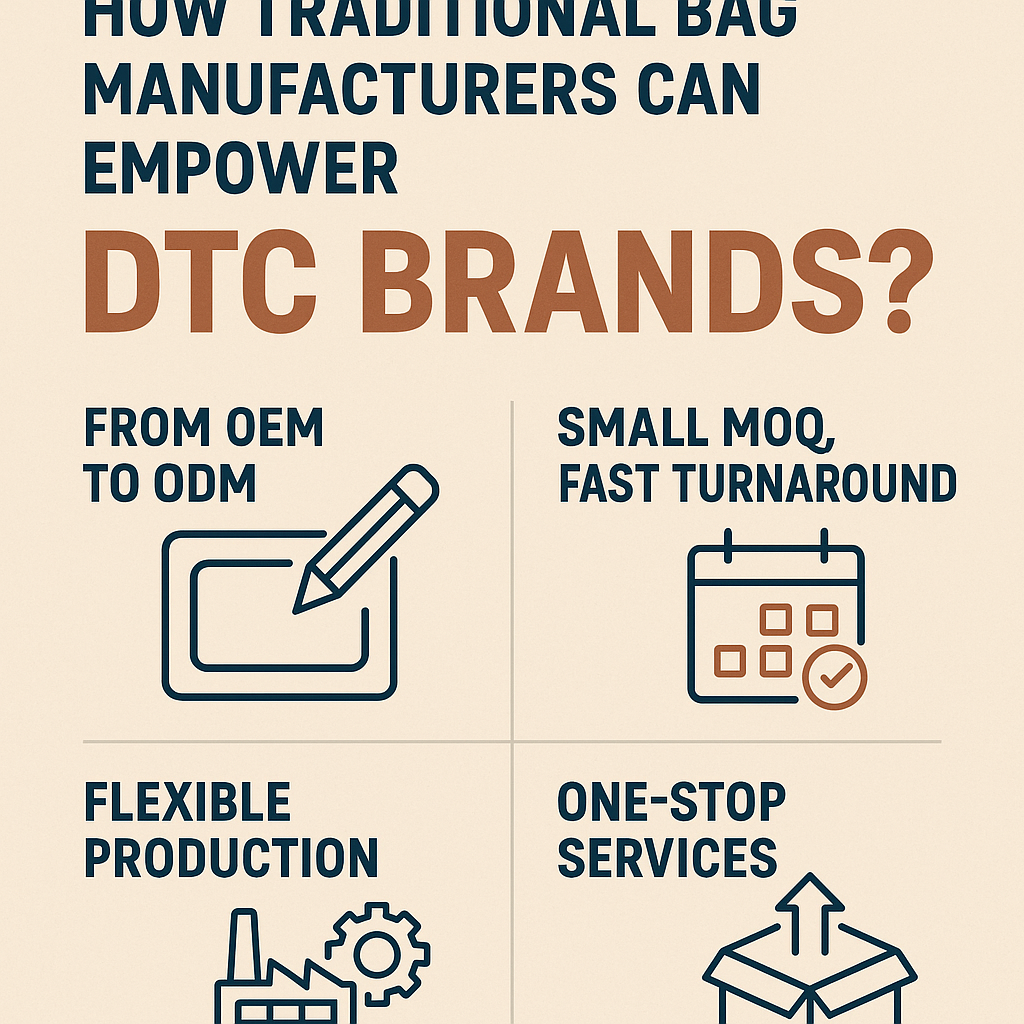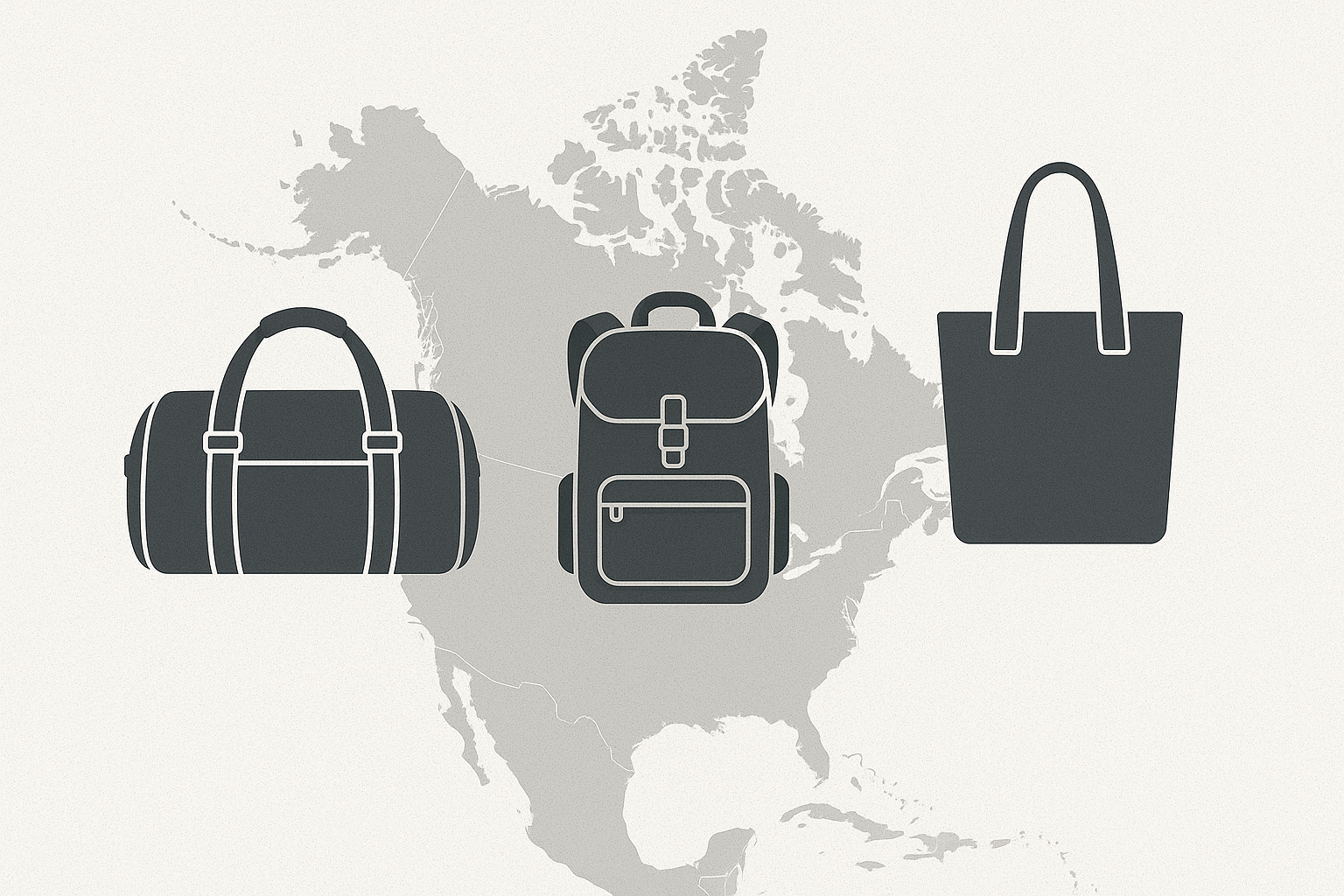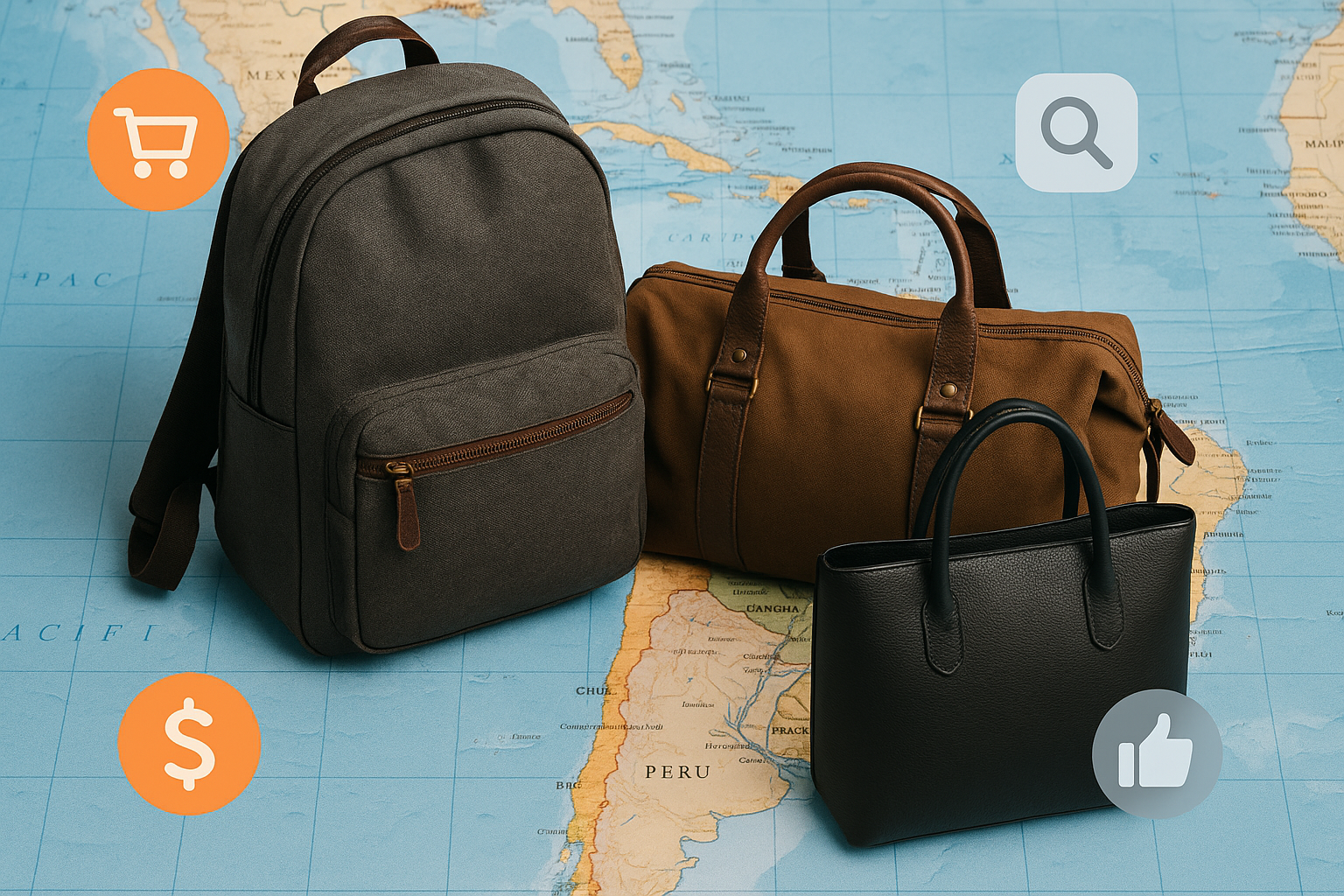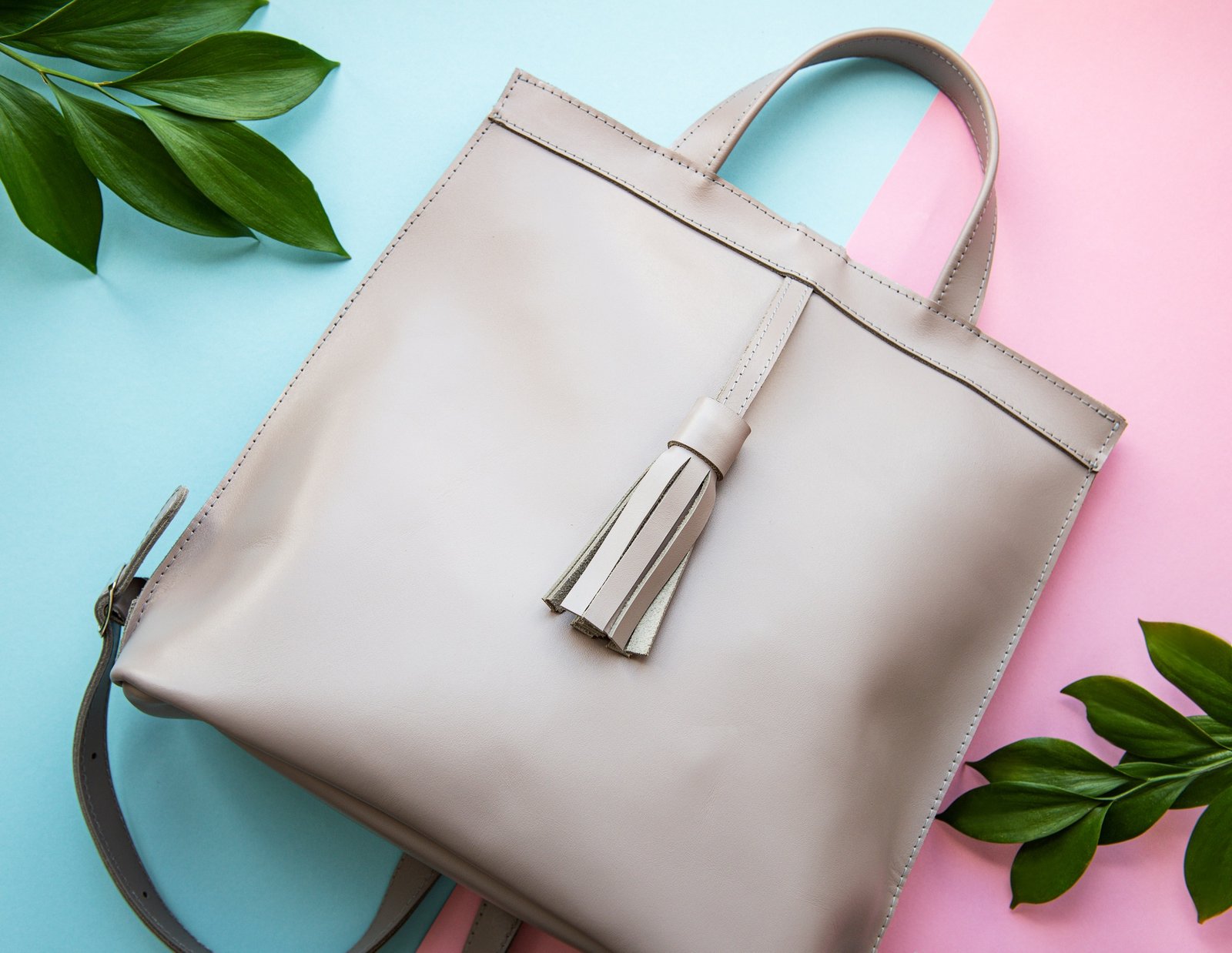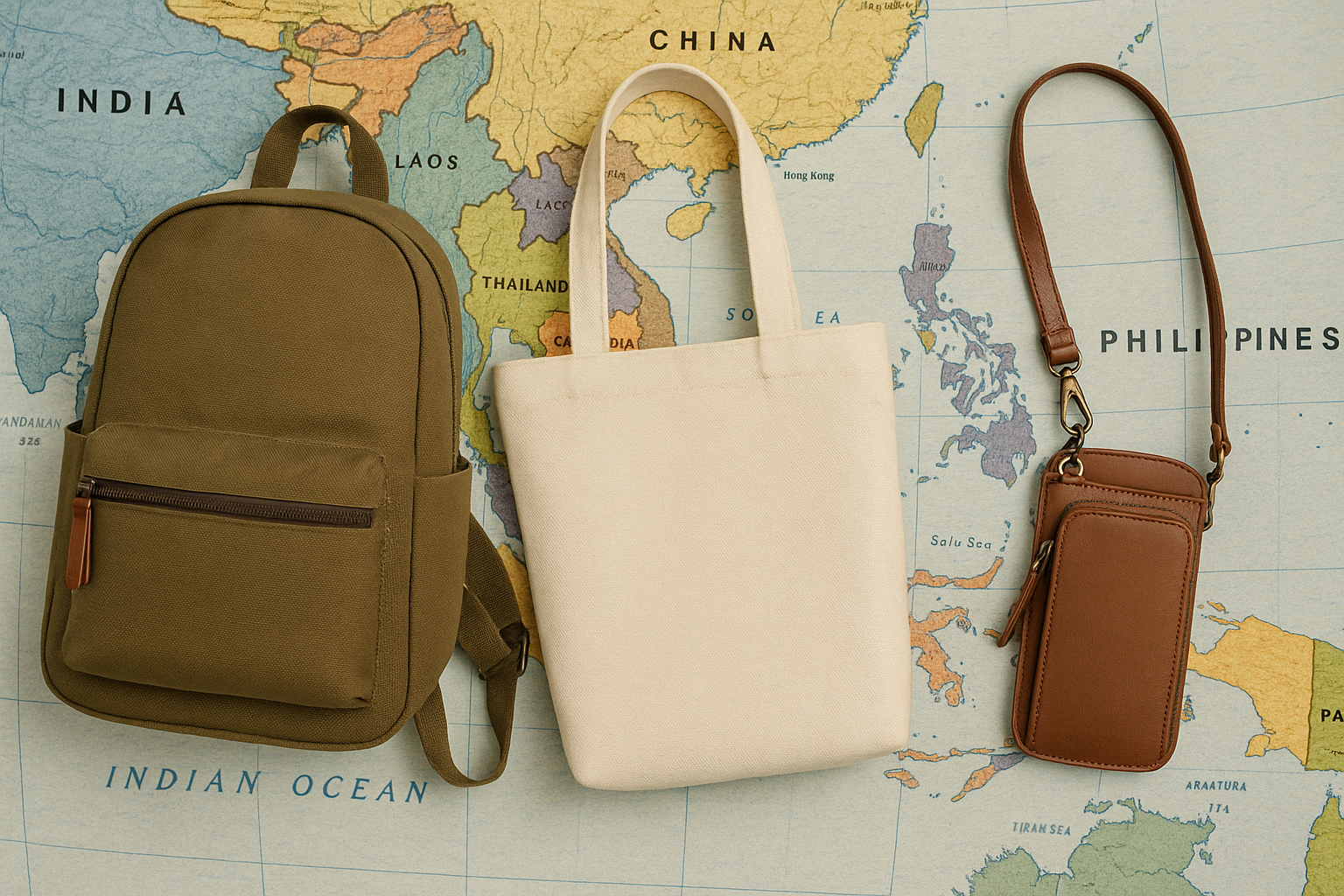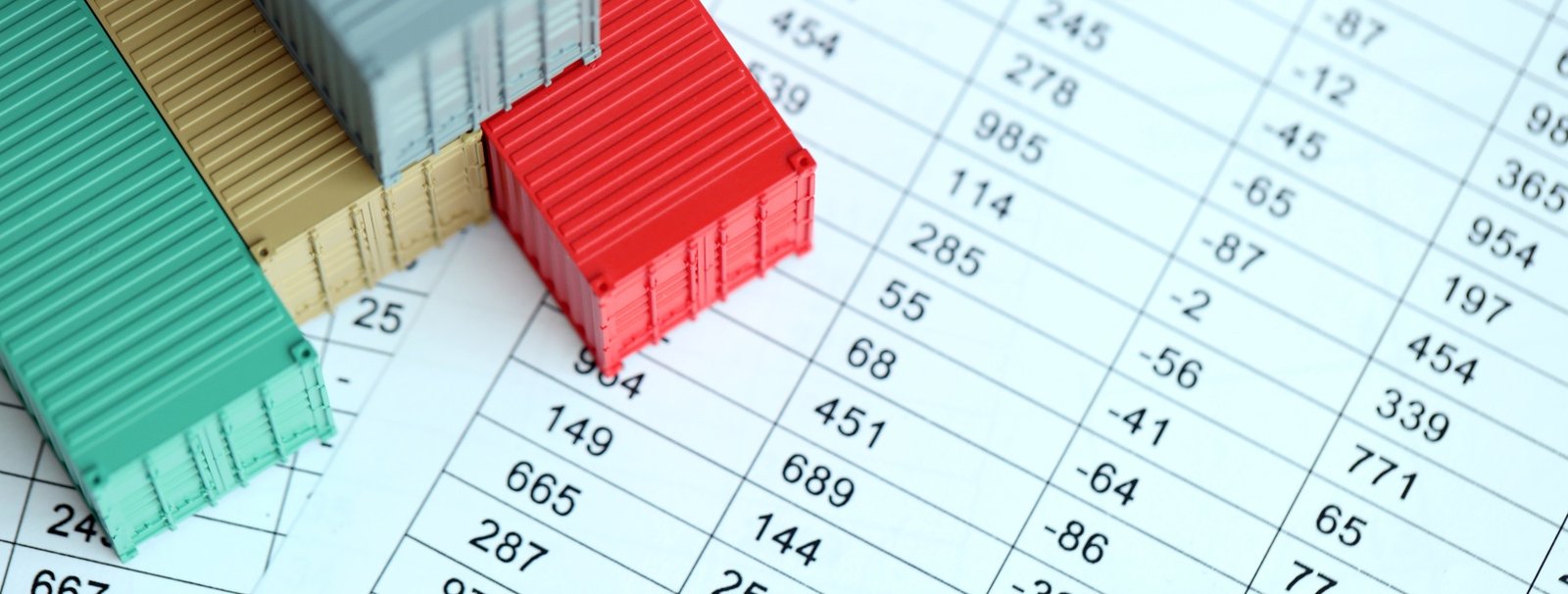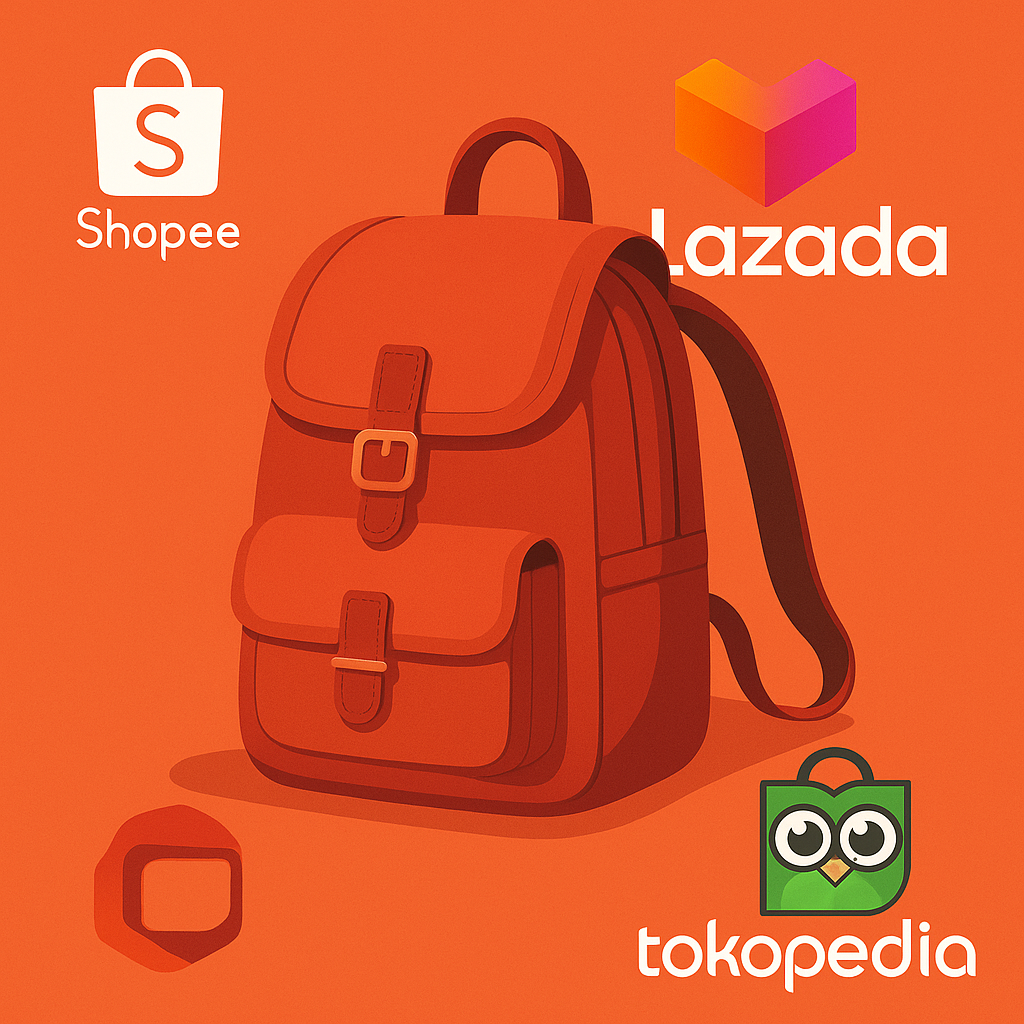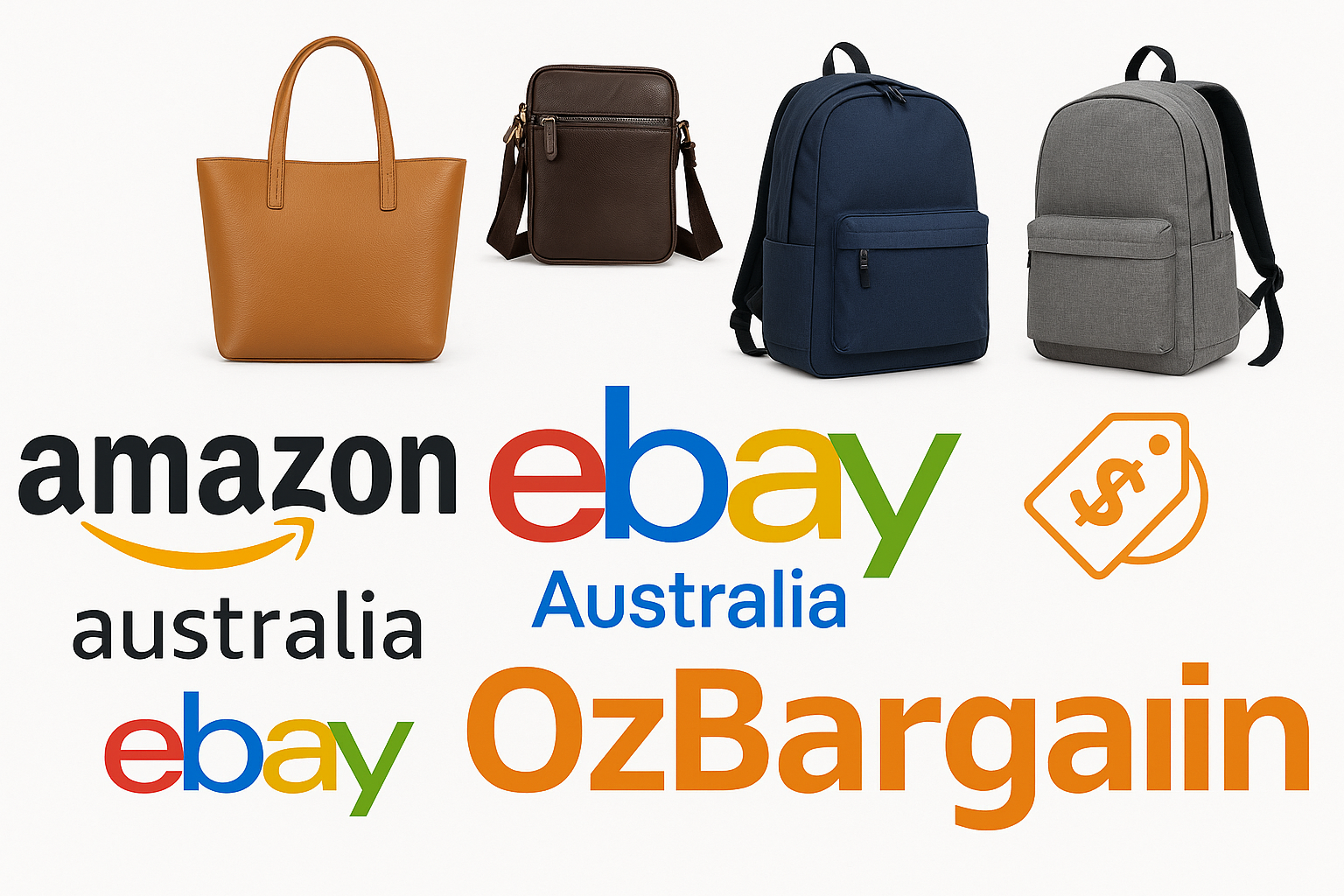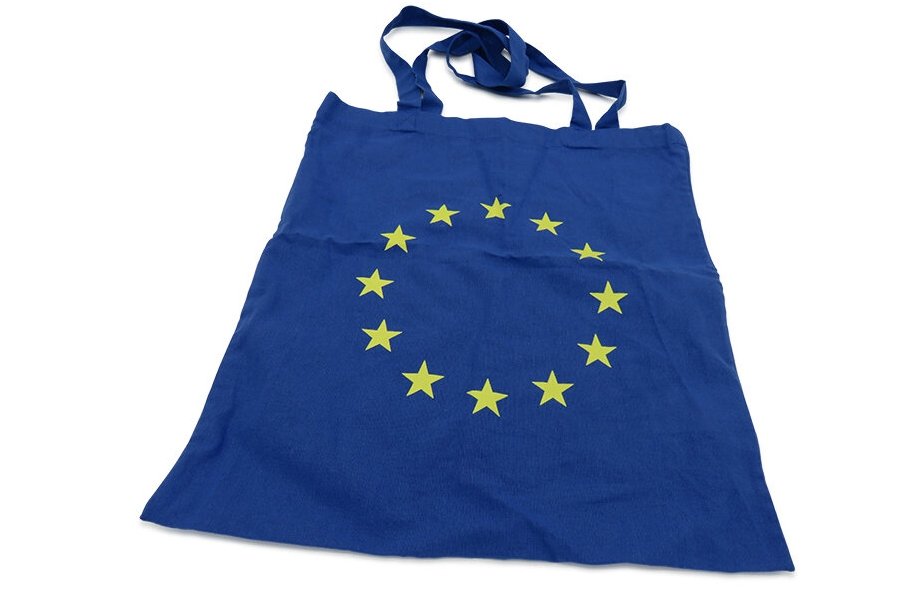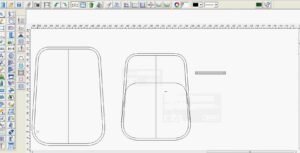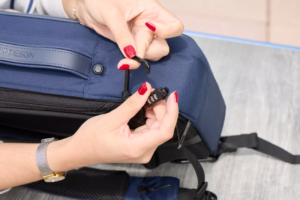The Middle East, with its unique climate, high disposable income and strong brand identity, has formed a diverse demand for bag products. Amazon UAE (Amazon.ae), Noon and Namshi are the three main platforms for local online retail, which together drive the prosperity of the entire market. In 2023, Amazon.ae’s total sales of bags will be about US$500 million, Noon bags account for 8% of total e-commerce sales, and Namshi’s sales growth in clothing and accessories will exceed 20%. This article will explore why these bags are popular in the Middle East, take stock of the 11 bag types with the highest sales in 2025, and conduct an in-depth analysis of the data of mainstream platforms. Finally, it will refine the purchase decision factors from the perspective of consumer behavior.
Detailed explanation of the 11 most popular bag types in the Middle East in 2025
The following 11 bags are among the top-selling bags on major platforms in the Middle East. They are suitable for different scenarios and incorporate localized design strategies and craftsmanship features.
1. Business briefcase (Briefcase)
- Annual sales estimate: Amazon.ae contributes about 15% of bag sales (about US$75 million).
- Main markets: UAE, Saudi Arabia, Kuwait.
- Applicable groups: corporate executives, lawyers, financial practitioners.
- Material/size: full-grain leather, capacity 12–18 L, classic rectangular structure.
- Brand/origin:Montblanc (German design, Italian manufacturing);Berluti (French design, Italian manufacturing); Local brand Rimal (UAE design, handmade in Egyptian and Moroccan leather workshops).
- Pros: The leather is soft and high-grade, and the hardware accessories are corrosion-resistant, which meets the Middle Eastern people’s pursuit of “luxury”;
- Cons: The weight is heavy, not suitable for long-term single-shoulder or back-carrying.
- Localization process:
- Use vegetable tanned leather that has been treated with high temperature to cope with high temperature and dry environment;
- Add dust-proof polyester lining inside, and embed laser-engraved “Arabic calligraphy” logo in the side pocket to enhance cultural recognition.
- User evaluation (Amazon.ae):
- “Montblanc briefcases have excellent texture and make me more confident in business meetings.”
- “Rimal’s Arabic pattern design is very special, and the hand-stitching is delicate.”
- “The price is slightly higher, but the quality of Italian manufacturing is indeed worth the investment.”
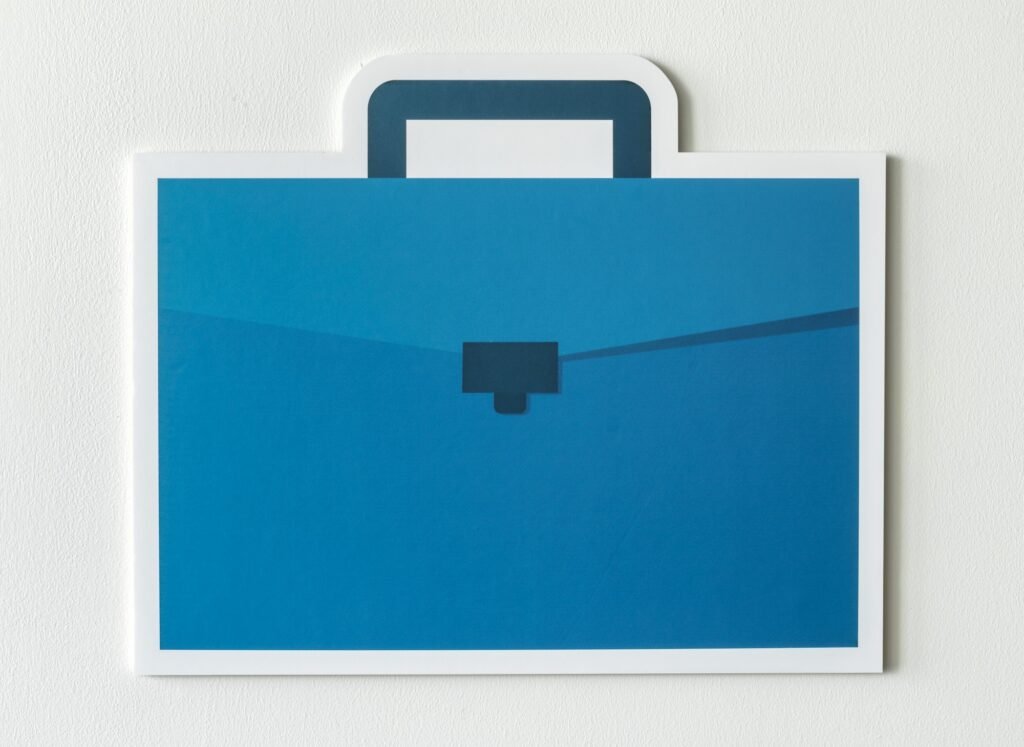
2. Multi-functional commuter backpack (Backpack)
- Annual sales estimate: Noon platform accounts for about 8% (about 40 million US dollars).
- Main markets: UAE, Bahrain, Saudi Arabia.
- Applicable groups: young professionals, college students, short-distance travelers.
- Material/Size: Waterproof nylon, 20–30 L, equipped with multiple partitions: laptop compartment, dust-proof and antibacterial compartment, quick-access pocket.
- Brand/Origin:
- Samsonite (designed in the United States, made in China);
- Arabian Trails (local brand in the United Arab Emirates, using highly breathable polyester fiber, made in Vietnam).
- Pros: good breathability, comfortable carrying system, dust-proof design;
- Cons: Nylon is durable but not high-end, and the appearance is relatively plain.
- Localization strategy:
- The outer layer uses an anti-UV coating to prevent the color from fading in strong sunlight;
- The back panel and shoulder straps are made of thick breathable mesh fabric to adapt to the hot weather in the Middle East;
- The side pockets are equipped with gold metal zippers to match the local preference for metallic colors.
- User reviews (Noon):
- “Arabian Trails’ breathable carrying system keeps you cool in the desert.”
- “Samsonite guarantees quality, but the price is much higher than local brands.”
- “The backpack has a large capacity and can hold a notebook, a water bottle and a small amount of clothes. It is very practical.”
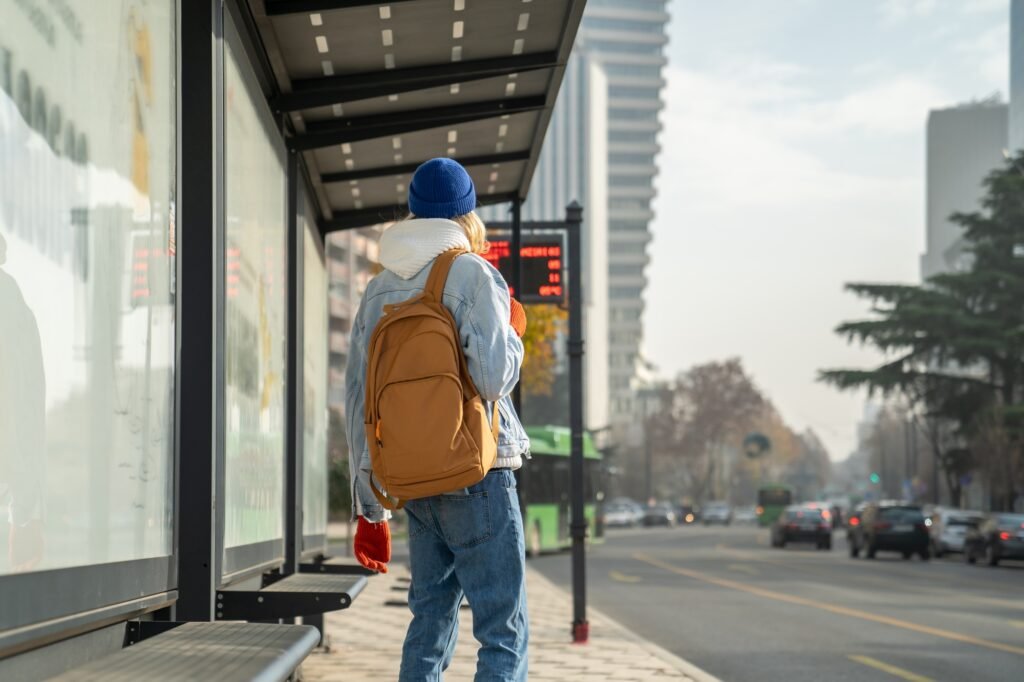
3. Traditional handbag
- Sales estimate: Namshi handbags accounted for 10% of the brand’s sales that year (about 30 million US dollars).
- Main markets: UAE, Saudi Arabia, Egypt.
- Applicable groups: working women, social occasions, attending banquets.
- Material/size: genuine leather and suede stitching, 10-15L, with a detachable long strap.
- Brand/Origin:
- Michael Kors (designed in the United States, made in Vietnam);
- Dune London (designed in the United Kingdom, made in China);
- Local brand Layali (designed in Saudi Arabia, customized by a tanneries in Morocco).
- Pros: Elegant design, moderate capacity, easy to match with Muslim dresses and Western business suits;
- Cons: Genuine leather needs regular maintenance, and leather is susceptible to moisture at high temperatures.
- Localized features:
- Add active quick-release zippers to facilitate quick opening and closing at airports or religious occasions;
- Hand-held and shoulder-carrying methods meet different occasions;
- The lining uses anti-cockroach and moisture-proof fabrics to improve the safety of items in the bag.
- User evaluation (Namshi):
- “Layali’s Moroccan leather feels great and the color matching is also very atmospheric.”
- “Michael Kors is of good quality, but the Vietnamese origin makes me hesitate.”
- “Dune London’s style is more in line with the aesthetics of young people and the price is more friendly.”
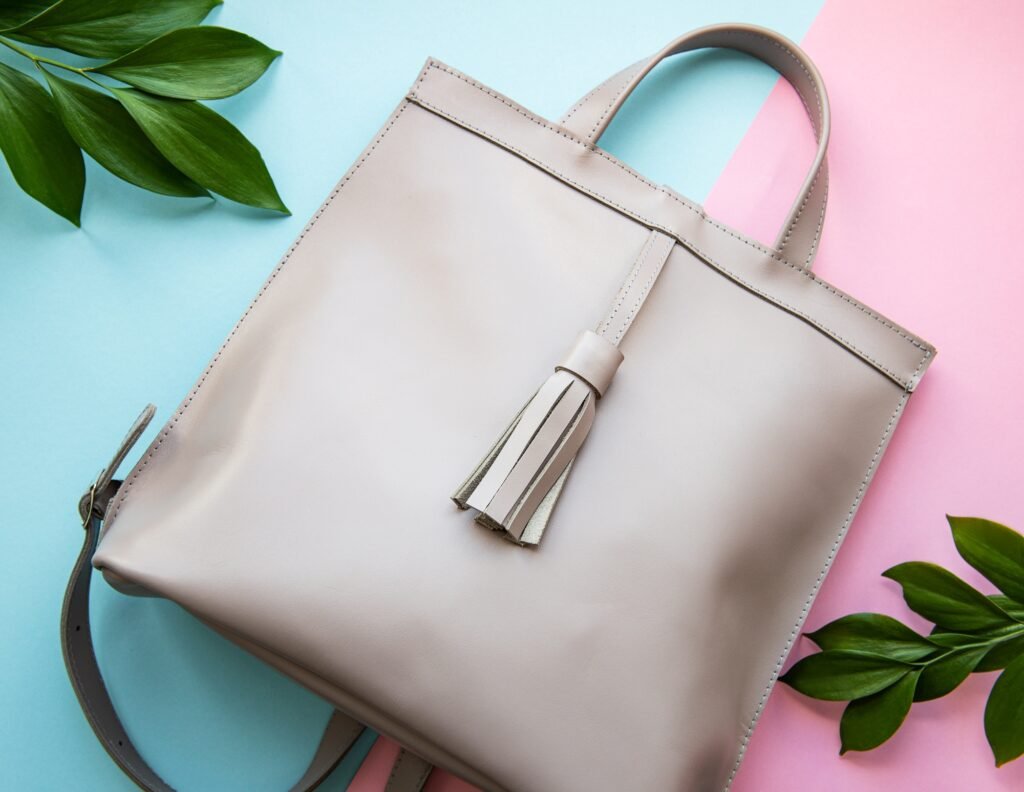
4. Crossbody Bag
- Sales estimate: Amazon.ae platform accounts for about 7% (about 35 million US dollars).
- Main markets: UAE, Qatar, Kuwait.
- Applicable groups: commuting women, short-term outings, light travelers.
- Material/Size: PU leather, 8–12 L, can hold small items such as mobile phones, wallets, sunglasses, etc.
- Brand/Origin:
- Coach (designed in the United States, made in China);
- Local brand Layali (designed in Saudi Arabia, made in a Tunisian workshop);
- Tory Burch (designed in the United States, made in China).
- Pros: Lightweight and well matched, seasonal popular colors and metal accessories complement each other;
- Cons: Small capacity, cannot carry large items such as notebooks.
- Localization strategy:
- The design incorporates Arabic geometric pattern hot stamping, combining fashion and cultural identity;
- The surface of PU leather is sprayed with anti-ultraviolet to prevent fading;
- An adjustable gold hollow chain is added to the shoulder strap to echo the local “gold jewelry” aesthetic.
- User reviews (Amazon.ae):
- “Layali’s geometric hot stamping is very eye-catching, and people immediately praise it when I go out.”
- “Coach’s classic style is good, but I am a little confused about the Chinese manufacturing.”
- “Tory Burch’s bags are of good quality, but the price is really not cheap.”
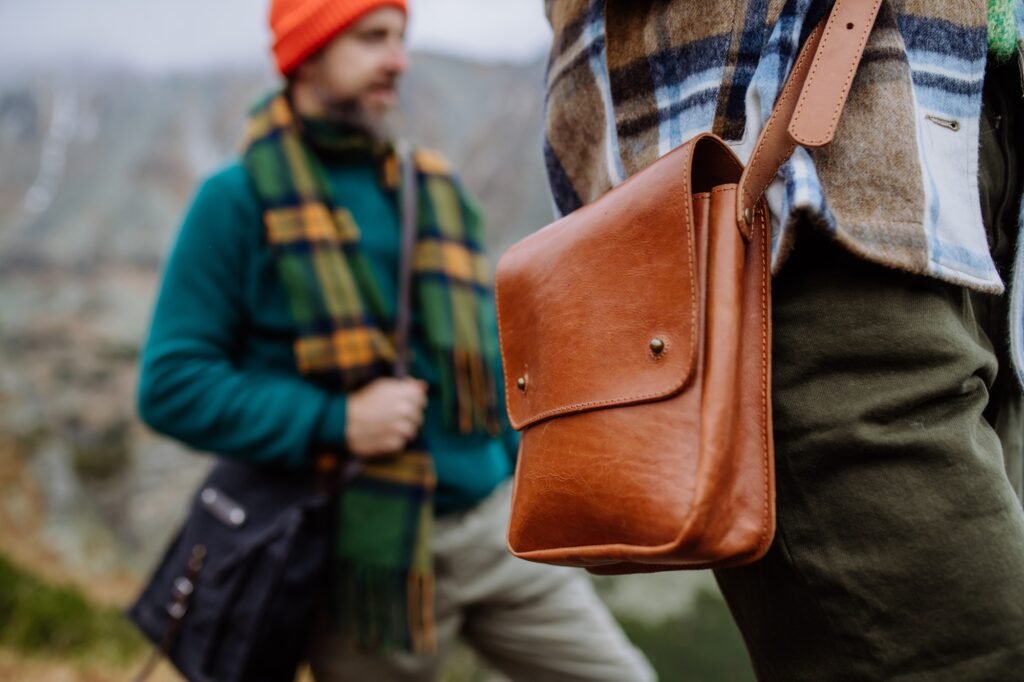
5. Weekender Bag
- Sales estimate: Noon platform accounts for about 4% (about 20 million US dollars).
- Main markets: UAE, Saudi Arabia, Qatar.
- Applicable groups: short-distance weekend travelers, business travelers.
- Material/size: coated canvas, 40-50L, with detachable crossbody strap and waterproof zipper.
- Brand/origin:
- Tumi (designed in the United States, made in China);
- Globe-Trotter (originally manufactured in the UK);
- Local brand Desert Nomad (designed in the United Arab Emirates, produced in Egyptian workshops).
- Pros: large capacity, solid structure, and design compatible with suitcases;
- Cons: large size, not suitable for daily carry or urban commuting.
- Localization strategy:
- Anti-sand polyester coating is added to the inner layer of the canvas to adapt to the desert environment;
- An ice pack compartment is added to the outer pocket, which is suitable for storing cold drinks during long-distance driving;
- A wear-resistant rubber pad is used at the bottom of the bag to extend the service life.
- User evaluation (Noon):
- “The Desert Nomad has a flexible compartment design and can hold all luggage when traveling.”
- “Tumi has a good brand reputation, but the fact that it is made in China makes me doubt the details of the workmanship.”
- “Globe-Trotter is truly made in the UK, strong and durable, but it is frighteningly expensive.”
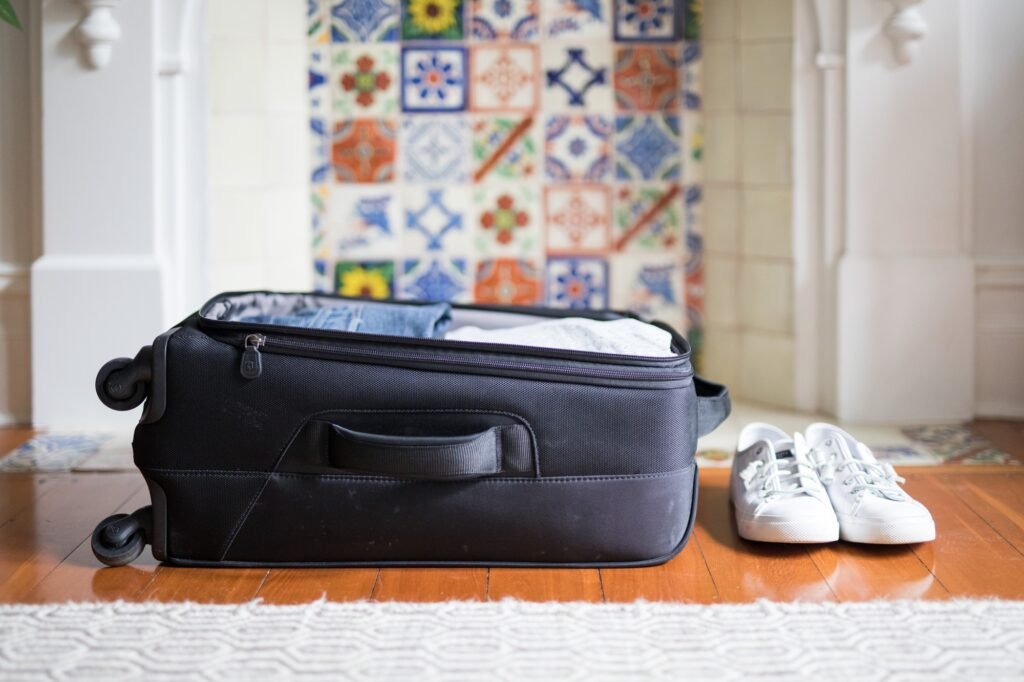
6. Belt Bag
- Sales estimate: Amazon.ae platform accounts for about 3% (about 15 million US dollars).
- Main markets: Dubai, Abu Dhabi, Sharjah.
- Applicable groups: outdoor sports, festival parties, and short-distance travel in the city.
- Material/Size: Nylon, PU leather, 3–5 L capacity, can hold mobile phones, keys, wallets.
- Brand/Origin:
- Herschel (designed in Canada, made in Vietnam);
- Local brand Falcon (made in Egyptian workshops, using hand-woven craftsmanship);
- Supreme (designed in the United States, made in China).
- Pros: lightweight, dual-use (waist hanging or crossbody), waterproof and wear-resistant;
- Cons: extremely small capacity, can only meet the most basic storage needs.
- Localized Features:
- Falcon uses traditional Egyptian hand-woven canvas combined with modern waterproof coating, which is both ethnic and practical;
- PU leather parts are quickly dried, suitable for hot weather;
- Metal fasteners are anti-corrosion treated to adapt to the high salinity environment at the seaside.
- User reviews (Amazon.ae):
- “Falcon’s hand-woven fabric looks very textured and is worry-free to carry.”
- “Although Herschel is made in Vietnam, the workmanship is still very good.”
- “Supreme has a strong trendy brand effect, but the Chinese-made ones are slightly ordinary.”
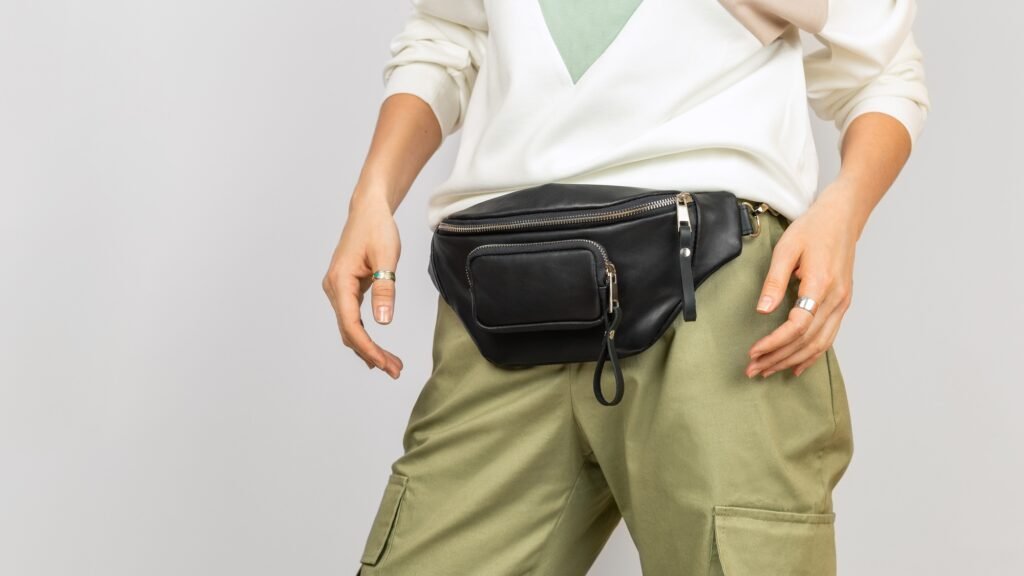
7. Mini Backpack
- Sales estimate: Namshi mini backpacks account for about 5% (about 15 million US dollars).
- Main markets: UAE, Kuwait, Bahrain.
- Applicable groups: college students, young women, short-distance travelers.
- Material/size: polyester fiber, 5-8 L, with dust-proof storage bag inside.
- Brand/Origin:
- Fjällräven (Swedish design, made in China);
- Local brand Nashwa (Saudi Arabia design, Tunisian production).
- Pros: stylish appearance, light, easy to carry;
- Cons: limited capacity, can only hold mobile phones, wallets, and cosmetics.
- Localization strategy:
- Nashwa uses Middle Eastern geometric patterns on the bag surface to cater to the aesthetics of young people;
- Anti-fouling coating is added to the fabric for easy cleaning;
- The light gold zipper details echo the local preference for gold accessories.
- User reviews (Namshi):
- “Nashwa’s style is super cute and very suitable for daily casual wear.”
- “Fjällräven is a trustworthy brand, but I am a little worried about the details because it is made in China.”
- “The mini backpack is light and convenient for shopping or dating.”

8. Canvas Tote Bag
- Sales estimate: Amazon.ae Tote bags account for about 4% (about 20 million US dollars).
- Main markets: UAE, Saudi Arabia, Egypt.
- Applicable groups: commuters, students, daily shopping.
- Material/size: canvas, sustainable cotton, 15-20L, multiple inner pockets.
- Brand/Origin:
- Cotton On (designed in Australia, made in China);
- Local brand Hayat (designed in the UAE, made in Bangladesh).
- Pros: environmentally friendly materials, large capacity, simple style;
- Cons: not rainproof, need to prepare a rain cover in case of sudden rainy season.
- Localization strategy:
- Hayat adds Arabic pattern hollowing to the Laser Cut process of the bag body, which has both breathable and decorative effects;
- The inner layer uses a moisture-proof coating to prevent moisture intrusion;
- Add a removable and washable lining to facilitate cleaning of sand and dust.
- User reviews (Amazon.ae):
- “Hayat’s hollow design is both attractive and breathable, and it won’t get stuffy.”
- “The Cotton On tote is of good quality, but its rainproof performance is not as expected.”
- “It has a large capacity and can hold notebooks, sundries and snacks.”
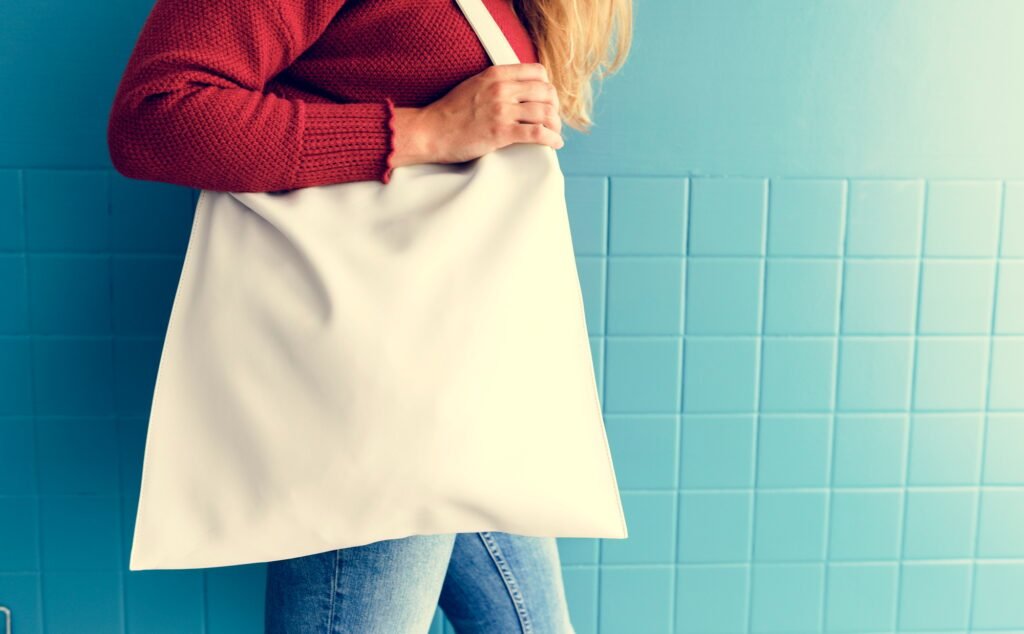
9. Phone Sling Bag
- Sales estimate: Noon phone bags account for about 2% (about 10 million US dollars).
- Main markets: Dubai, Abu Dhabi, Sharjah.
- Applicable groups: Heavy mobile phone users, short-term outings, nightlife enthusiasts.
- Material/size: PU leather, 1-2 L, can only hold mobile phones, small wallets and cards.
- Brand/Origin:
- Bellroy Phone Pocket (designed in Australia, made in China);
- Local brand Zaina (designed in Saudi Arabia, made in Turkey).
- Pros: Ultra-lightweight, exquisite design, anti-theft zipper;
- Cons: Extremely limited capacity, can only meet the most basic needs.
- Localized features:
- Zaina uses traditional hand-embroidered patterns on the bag surface to cater to the aesthetics of Middle Eastern women;
- Bellroy adds an invisible RFID anti-theft layer to protect credit card information security;
- Light gold stitching is used to match the local preference for metallic colors.
- User reviews (Noon):
- “Zaina’s hand-embroidered details are really beautiful, and my friends all praise it for its beauty.”
- “Bellroy’s RFID anti-theft design is very practical, allowing me to travel at night with confidence.”
- “The style is simple, but it can only hold a mobile phone, and sometimes it is not enough if I want to bring more small items.”
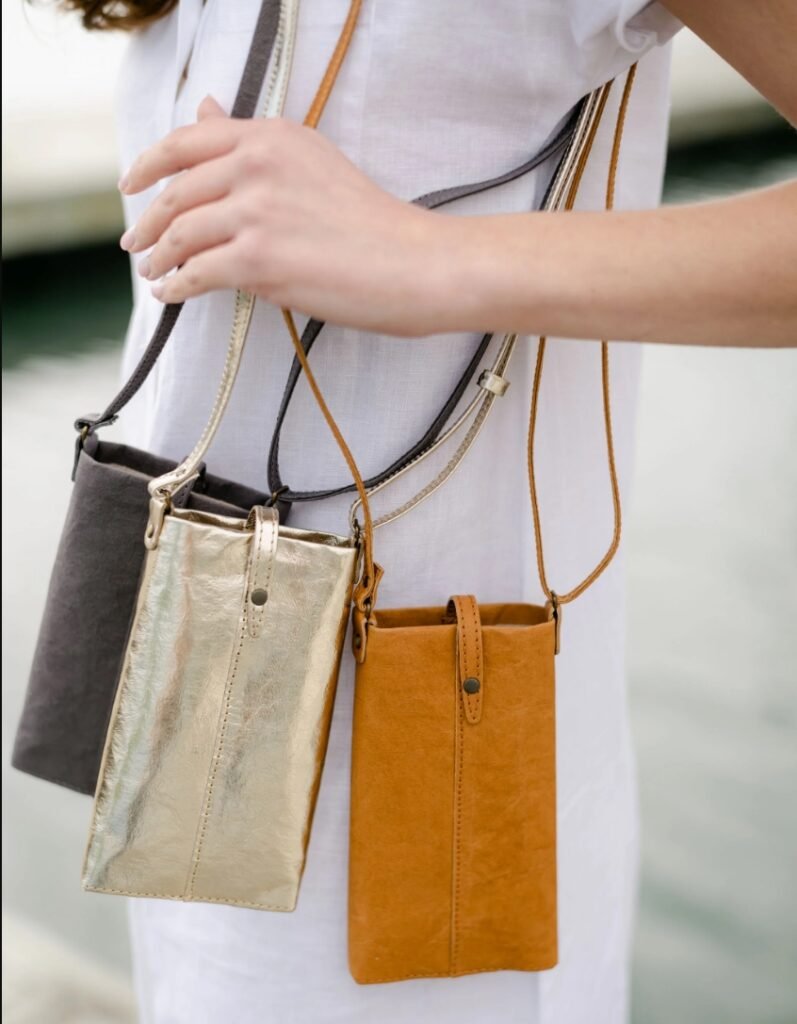
10. Prayer Bag
- Sales estimate: In 2024, the average monthly sales volume on Amazon.ae and Noon platforms reached 93,000 pieces, with a surge in sales during Ramadan and Eid al-Fitr, with the UAE and Saudi Arabia as the main markets.
- Target Group: Muslim men, women and travelers, especially those who prefer to carry prayer mats and prayer supplies with them on a daily basis.
- Core Features:
- Integrated foldable prayer mat with a small compass pointing to Mecca.
- Ultra-light and dustproof material, waterproof and easy to carry.
- Mostly small, with compartments for prayer beads and Quran cards.
- Size: 25 × 15 × 4cm
- Material: polyester canvas, nylon, some brands use environmentally friendly leather lining
- Common colors: navy blue, dark green, off-white
- Main brands and origins:
- DesertFaith (UAE)
- QiblaWay (Jordan)
- HalalPouch (Indonesia)
- User reviews (Noon):
- “Perfect for my daily prayers during travel. Lightweight and beautifully designed.” – ★★★★★
- “The integrated compass is really helpful. Wish the mat was slightly larger.” – ★★★★☆
- “Got it for Ramadan gifts. Loved by family members!” – ★★★★★
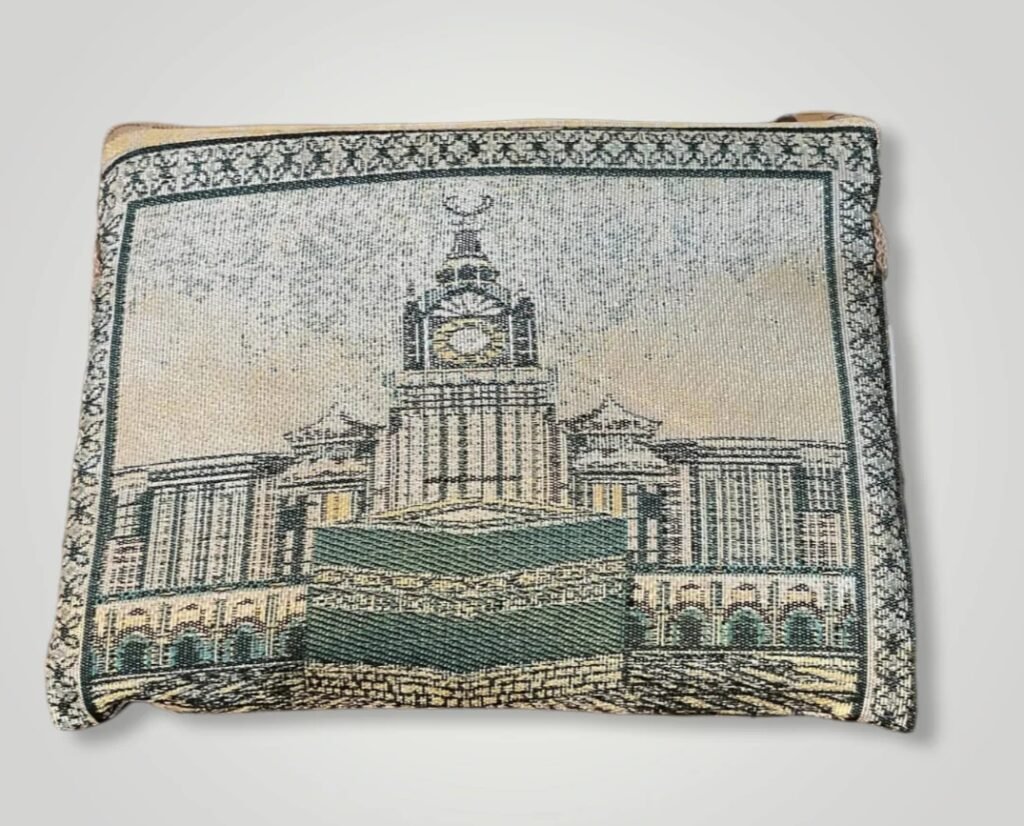
11. Gold Accent Evening Bag
- Sales estimate: In 2024, the combined annual sales of Noon and Namshi platforms exceeded 380,000 pieces, making it the best-selling high-end women’s bag for weddings and post-Ramadan celebrations.
- Applicable groups: Women aged 20-45, especially suitable for weddings, Eid dinners, and social gatherings.
- Core features:
- Pearl shell texture or satin body with gold-plated metal chain and buckle.
- The shape is mainly half-moon, shell, geometric body, etc., showing luxury and artistic sense.
- Most of them are handbags, which can also be carried on the shoulder, with built-in small mirror and powder box.
- Size: 18 × 11 × 5cm
- Material: Imitation satin, PU leather, gold-plated alloy accessories, imitation pearl decoration
- Color: Champagne gold, bronze silver, agate black, dark red
- Main brands and origins:
- Miss L’Orient (Lebanon)
- ClutchMe (Turkey)
- Lulu & Co. (UAE local handmade brand)
- Valerie Dazzle (France)
- User reviews (Amazon.ae):
- “Exquisite and very detailed. I got so many compliments at my sister’s wedding.” – ★★★★★
- “Beautiful finish, but the clasp was slightly loose after a few uses.” – ★★★☆☆
- “Matches my abaya and hijab perfectly. Very elegant and subtle shimmer.” – ★★★★★
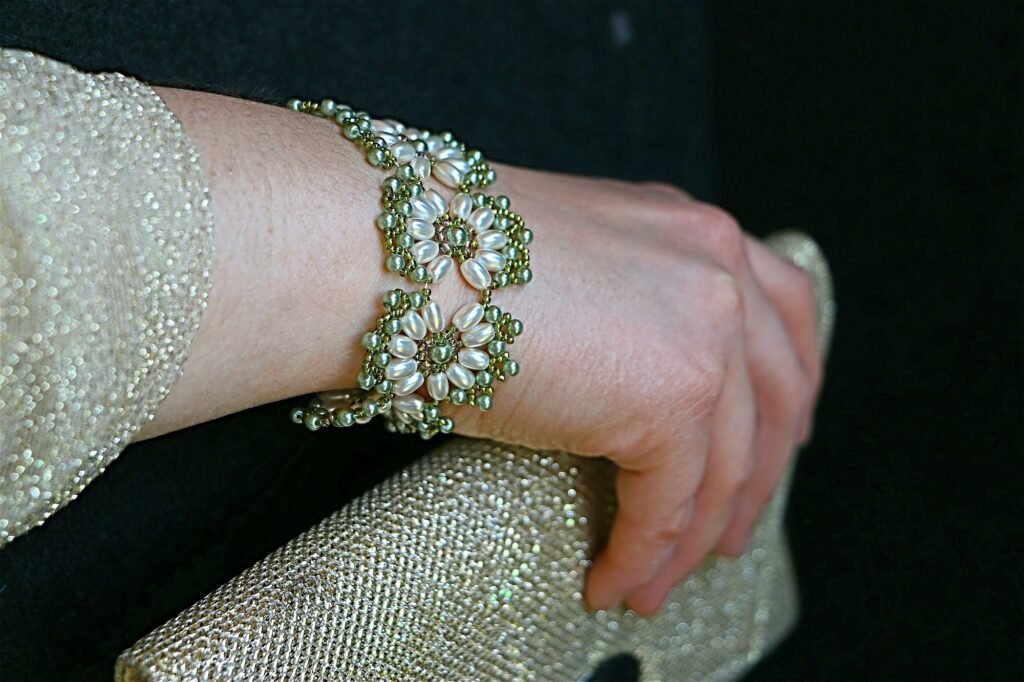
Why are these bag types popular in the Middle East market
1. Climate and material requirements
Extremely high temperatures (some cities have an average annual temperature of more than 30°C) and dusty environments are common in the Middle East in summer, which puts higher requirements on the bags’ resistance to high temperatures, easy cleaning, and dust resistance. Coated canvas, PU leather, and waterproof nylon have therefore become mainstream materials; if the materials are not properly selected, they will crack or fade after a few months of use, causing product reviews to plummet.
2. Culture and identity symbol
High-end luxury brands have a high “identity symbol” value in countries such as the UAE and Saudi Arabia. According to data from the Amazon.ae platform, luxury briefcases and handbags account for 30% of bag sales, with an average customer unit price of between $300 and $800. In business occasions or important social events, choosing big-name bags such as Montblanc and Berluti is seen as a manifestation of social soft power.
3. Lifestyle and multi-scenario needs
Middle Eastern urban people pursue both luxury and functionality. The fast pace of urban life and frequent business trips have made “multi-compartment design, detachable shoulder straps, and lightweight” the standard for backpacks and travel bags. In addition, Middle Eastern women prefer styles that can meet privacy protection (for example, large-opening bags sometimes expose the contents of the bag) while taking into account capacity and safety (anti-theft zippers, hidden pockets, etc.) when traveling.
4. E-commerce channels and promotion nodes
Amazon.ae, Noon and Namshi all launched large-scale promotions before Ramadan and Eid al-Fitr, Black Friday and Double Eleven. According to platform data, the sales of briefcases and handbags increased by about 20% month-on-month in the first two weeks of Ramadan; during Black Friday, the sales of travel backpacks and multi-functional backpacks increased by more than 30% year-on-year.
In-depth analysis bag types of e-commerce platform data
1. In-depth interpretation of Amazon.ae
- Overall sales structure:
- Briefcases and handbags account for about 30% of bag sales, with an average customer unit price of US$300-800;
- Functional backpacks and travel bags account for 45%, with an average customer unit price of US$50-150;
- Lightweight messenger bags and waist bags account for 25%, with an average customer unit price of US$20-60.
- Seasonal characteristics:
- Ramadan and Eid: Gift demand surges, and sales of briefcases and high-end handbags increase by about 20% year-on-year;
- Black Friday and Double Eleven: Sales of travel and multi-functional backpacks increased by more than 30% year-on-year.
- Regional preferences:
- Saudi Arabia and Kuwait: Luxury brand briefcases are concentrated in purchases, and high-end consumption accounts for 35%;
- UAE city clusters: College students and young professionals prefer “multi-functional commuter backpacks”, among which Arabian Trails has a repurchase rate of up to 38%.
2. Noon Platform Insights
- Sales Structure:
- Travel and weekend bags account for 20%, with an average price of US$150-400;
- Business briefcases and shoulder bags account for 35%, with an average price of US$200-600;
- Lightweight backpacks and waist bags account for 45%, with an average price of US$20-80.
- Market segment performance:
- Abu Dhabi and Dubai: high-end handbags and briefcases are core categories;
- Riyadh and Jeddah, Saudi Arabia: outdoor and multi-functional backpacks lead in sales;
- Bahrain and Qatar: mini backpacks and waist bags are popular among young people.
- Promotion and repurchase:
- Double Eleven: crossbody bag sales increased by 50% year-on-year;
- Annual promotion: mid-range functional backpacks such as Samsonite and Arabian Trails have a repurchase rate of 38%, driving overall category growth.
3. Namshi Data Analysis
- Sales Structure:
- Fashionable handbags and celebrity-style (Michael Kors, Dune London) account for 40%, with an average unit price of $100-300;
- Light luxury leather briefcases account for 20%, with an average unit price of $250-600;
- Mini backpacks and daily functional bags account for 40%, with an average unit price of $30-80.
- Features of young users:
- Average age 25-35 years old, preferring “limited co-branded” and “KOL-promoted” products;
- The proportion of new product information obtained through social media every month is as high as 62%.
- Influence of cross-border direct mail:
- Namshi’s direct mail service outside the Gulf region has increased the purchase volume of non-local users by about 15%.
- “Limited co-branded” and “special print models” often trigger discussions in the community, promoting the birth of popular waist bags and crossbody bags.
Consumer Behavior Insights for bags types
1. Brand and Identity
High-end bags (Montblanc, Berluti, Tumi) meet the “status symbol” needs of high-income groups in the Middle East. Nearly 68% of high-end users said that buying luxury brands is closely related to their social status and professional image.
Local brands (Arabian Trails, Layali, Desert Nomad) cater to a larger proportion of young consumers by incorporating Arab cultural elements – surveys show that localized design can increase purchase intention by 20%.
2. Functionality and practicality first
Survey data shows that about 74% of Middle Eastern consumers consider “dustproof, waterproof and breathable” first when choosing a backpack. Among them, Arabian Trails has a 38% repurchase rate, emphasizing the importance of functionality in the region.
Functional designs such as “quick access pockets” and “detachable shoulder straps” are listed as key factors in purchase decisions by about 62% of users.
3. Social media and KOL planting
Instagram and TikTok have a significant influence on young consumer circles in the Middle East. About 58% of users aged 18-35 admit that their bag purchase inspiration comes from the recommendations of influencers or local fashion bloggers.
“Co-branded” and “limited print models” on Namshi are spread through social media, often achieving a 2-3 times increase in sales within 24 hours.
4. Price sensitivity and promotion drive
Despite the high per capita income in the Middle East, mid-range priced (USD 50-150) bags are still the mainstream. 45% of consumers said they would buy functional backpacks and travel bags during “Black Friday” or “Ramadan promotions”.
The purchase of luxury brand bags is more concentrated on “special occasions” and “festival gifts”, accounting for only 12% of the purchase motivation on weekdays.
Conclusions
Through the analysis of bag types in the Middle East market, in-depth data mining of mainstream e-commerce platforms, and insights into consumer behavior, we can see that the core driving force behind the development of the Middle East bag market is the balance between cultural identity and functional practicality. Bag manufacturers and backpack suppliers should conduct localization and deep cultivation in material selection, process design, and brand story in order to gain a firm advantage in this high-potential market.
Part I: Introduction to Popular Bag Types FAQ
Q1: Why do the sales of backpacks and messenger bags continue to rise in the Middle East market?
A: Affected by the increase in young consumer groups, the expansion of commuters and urban leisure culture, backpacks and messenger bags have become the first choice for daily travel for Middle Eastern consumers, especially among working women and college students in Saudi Arabia and the United Arab Emirates.
Q2: Does the Middle East market have special requirements for materials?
A: Yes, consumers prefer high-temperature durable, dust-proof and sand-resistant nylon, PU leather and lightweight polyester. At the same time, in religiously sensitive areas, some consumers have halal or environmentally friendly requirements for the source of genuine leather materials.
Q3: Which bag type is more suitable for sale as a holiday gift?
A: Prayer bags, small metal dinner bags, and decorative tote bags usually have a sharp increase in sales before Eid al-Fitr and Eid al-Adha, and are often used as gifts for relatives and friends or wedding accessories.
Part II: Product Comparison and Trend Analysis FAQ
Q1: Which data indicators best illustrate the popularity of bag products in the Middle East?
A: Average monthly sales, number of collections, number of reviews and repurchase rate are core indicators. For example, on the Noon and Amazon.ae platforms, user retention is highly correlated with the number of collections, which can effectively reflect product stickiness.
Q2: How do cultural factors affect bag design?
A: Religious aesthetics, dressing style and accessory habits have a great influence. For example, most Muslim women like bags with elegant colors and no revealing brand logos, and even prefer designs that can be matched with black Abaya and Hijab.
Q3: Do Middle Eastern consumers prefer international brands?
A: Yes, but local brands are on the rise, especially in terms of high cost performance, handicraft elements and Islamic culture, showing strong competitiveness, such as Lebanon’s Miss L’Orient or Turkish brand ClutchMe.
Part III: User Groups and Purchasing Behavior FAQ
Q1: Which bag type of consumers pay the most attention to the functionality of bags?
A: Men and urban middle-class women value reasonable compartments, durable and lightweight designs the most, while students focus on price and appearance style. Functionalists prefer messenger bags or travel bags with multi-layer designs.
Q2: What are the common user complaints in reviews?
A: Size not matching description, poor zipper quality and color difference are the three major pain points. Especially in cross-border shopping, the discrepancy between the picture and the actual product is likely to result in returns.
Q3: What support needs do consumers have when buying prayer bags or customized bags?
A: Users often request versions with Qibla compasses, folding prayer mats, odor-free materials, and customized colors or packaging based on the theme of the Ramadan festival.

